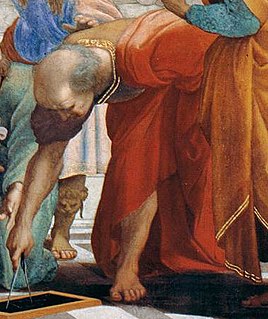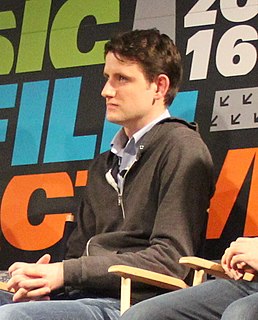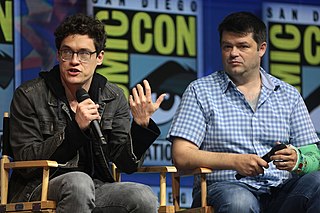A Quote by Nathan Sawaya
I like using LEGO bricks as a medium because I enjoy seeing people’s reaction to artwork created from something with which they are familiar. …My goal is to elevate this simple plaything to a place it has never been before. I also appreciate the cleanliness of the LEGO® brick. The right angles. The distinct lines. But, from a distance, those right angles and distinct lines offer new perspectives, changing to curves.
Related Quotes
LEGO is universal. So many people enjoy it, from all different walks of life, all different ages, all different cultures. When I was in Africa, I had LEGO bricks with me and I met some people who had never heard of LEGO, they had never seen it before and yet as soon as I gave them a few bricks, they immediately got it.
’The Art of the Brick’ exhibition is accessible because it engages the child in all of us while simultaneously illuminating sophisticated and complex concepts. Everyone can relate to the medium since it is a toy that many children have at home. But my goal with this exhibition when it first debuted in 2007 was to elevate this simple plaything to a place it has never been before.
I am confined to the Lego palate. I don't paint the bricks. I stick with what Lego has made. And the idea behind that is I do want to hopefully inspire kids to go home and create on their own. And if I do, I want them to be able to buy those very same bricks I use. So I don't alter the bricks; I just use what's provided.
London always reminds me of a brain. It is similarly convoluted and circuitous. A lot of cities, especially American ones like New York and Chicago, are laid out in straight lines. Like the circuits on computer chips, there are a lot of right angles in cities like this. But London is a glorious mess. It evolved from a score or so of distinct villages, that merged and meshed as their boundaries enlarged. As a result, London is a labyrinth, full of turnings and twistings just like a brain.
There's a fun, nostalgic aspect to Legos - people connect to the art on a different level. But it's also a medium that lets me design anything I can imagine. I especially enjoy creating curvy forms using rectangular pieces. Up close, you notice the sharp angles, but when you back away, the corners blend into curves.
Those of us raised in modern cities tend to notice horizontal and vertical lines more quickly than lines at other orientations. In contrast, people raised in nomadic tribes do a better job noticing lines skewed at intermediate angles, since Mother Nature tends to work with a wider array of lines than most architects.
Considering LEGO's considerable brand equity, you might expect that the company must have a marketing budget in the billions. Not so. In fact, LEGO's marketing budget is so modest that if I recorded it here, you'd probably think it was a typo. LEGO doesn't do its own talking; it lets LEGO maniacs talk for it.
When people go to museums and see a sculpture made out of marble, they appreciate it but it's very doubtful that they will go home and have a slab of marble they can chip away at, but people do have LEGO. I don't have any LEGO specially made for me, all of the shapes, sizes and colours I use are available in stores so that if someone is inspired to create on their own, they can go and buy the very same bricks.
































